The ESP8266 ESP-12E NodeMCU WiFi Development Board is a versatile and powerful platform for Internet of Things (IoT) applications, suitable for both beginners and advanced developers. It is equipped with the widely-used ESP8266 Wi-Fi module, enabling smooth prototyping for IoT projects using the Arduino IDE, Lua scripting, or MicroPython. The board includes an integrated CH340 USB-Serial converter, which simplifies connectivity for programming and debugging. This makes it an excellent choice for creating smart devices, home automation systems, and real-time monitoring solutions.
Key Features:
- Microcontroller: ESP8266 (ESP-12E variant)
- USB Connectivity: Integrated CH340 USB-Serial converter for easy programming.
- Wi-Fi Standard: Supports 802.11 b/g/n (2.4GHz) for reliable wireless connections.
- Operating Modes: Supports STA, AP, and STA+AP modes.
- Power Supply: Can be powered via USB (4.5V – 9V) or an external power supply (up to 10V).
- Antenna: PCB antenna for stable Wi-Fi performance.
- OTA Support: Allows Over-The-Air (OTA) updates for seamless firmware upgrades.
- GPIO Pins: Includes GPIOs D0-D8, SD1-SD3, and AD0 (Analog input).
- Data Rate: Up to 460,800bps for fast data transmission.
- Flash Memory: 4MB SPI Flash for storing firmware and data.
- Programming: Compatible with Arduino IDE, Lua, and MicroPython.
- Compatibility: Supports a wide range of peripherals like sensors, motors, and relays.
Technical Specifications:
- Microcontroller: ESP8266 ESP-12E
- Wi-Fi Support: 802.11 b/g/n
- Voltage: 3.3V for communication interfaces
- ADC: 1 Analog input (0-1V range)
- GPIO Ports: 8 GPIOs supporting PWM, I2C, I2S, SPI, UART
- Power Input: USB (Micro-USB, 4.5V – 9V), or external 5V to 12V input
- Current Consumption: ~70mA during transmission (up to 200mA max)
- Flash Memory: 4MB SPI Flash
- Operating Temperature: -40°C to +125°C
Applications:
- Smart Home Automation: Create Wi-Fi-enabled smart switches, sensors, and controllers.
- Environmental Monitoring: Develop weather stations or air quality monitors with real-time data transmission.
- Wearable Technology: Design compact, low-power wearable devices with wireless capabilities.
- IoT Prototyping: Quickly test and iterate IoT concepts before moving to production.
- Educational Projects: Perfect for teaching programming and IoT concepts in schools and workshops.
Pinout Diagram
 The ESP8266 ESP-12E NodeMCU features the following GPIO pins:
The ESP8266 ESP-12E NodeMCU features the following GPIO pins:
The ESP8266 ESP-12E NodeMCU WiFi Development Board features the following GPIO pins:
- Digital Pins: D0-D8 for GPIO, PWM, I2C, SPI, and UART functions.
- Analog Pin: AD0 (0-1V analog input).
- Power Pins: Includes 3.3V and 5V (VIN) power supply options, along with ground (GND) pins.
Usage (Wiring Connections & Sample Code):
- Power the Board: Use a Micro-USB cable or external power (5V-9V) to power the board.
- Set up Arduino IDE: Download the ESP8266 board manager via this link: http://arduino.esp8266.com/stable/package_esp8266com_index.json and install the board using Tools > Board Manager.
- Example Code: To get started, load and run a Blink sketch (File > Examples > ESP8266 > Blink) to test the board’s functionality.
void setup() {
pinMode(LED_BUILTIN, OUTPUT); // Set LED pin as output
}
void loop() {
digitalWrite(LED_BUILTIN, LOW); // Turn the LED on
delay(1000); // Wait for 1 second
digitalWrite(LED_BUILTIN, HIGH); // Turn the LED off
delay(1000); // Wait for 1 second
}
Caution:
- Ensure correct voltage levels for peripherals to avoid damaging the board.
- Always use the proper firmware version to prevent compatibility issues.
Troubleshooting Tips:
- Board Not Recognized? Install the CH340 driver to enable communication.
- Upload Problems? Make sure to select the “Old Bootloader” option when programming through the Arduino IDE.
Common Questions:
- Does this board support OTA updates?
- Yes, the board fully supports Over-The-Air (OTA) firmware updates.
- Can I program it using MicroPython?
- Absolutely! The board is compatible with MicroPython, Arduino IDE, and Lua.

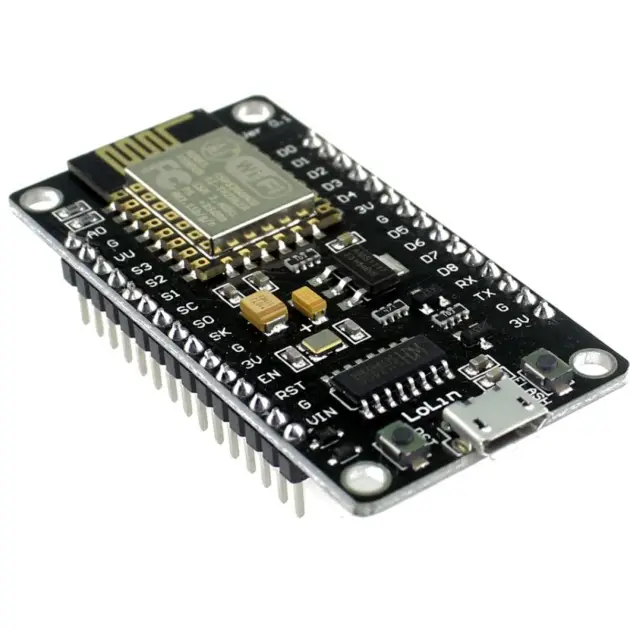
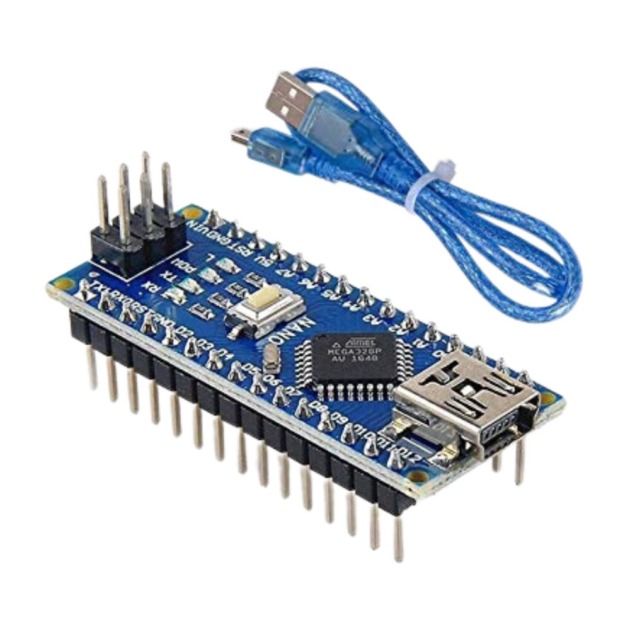
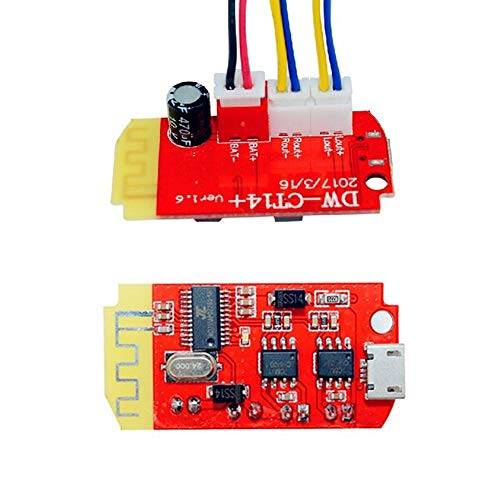
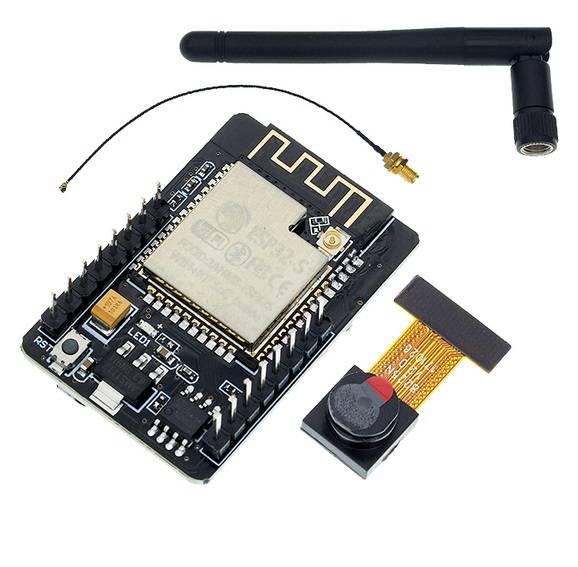
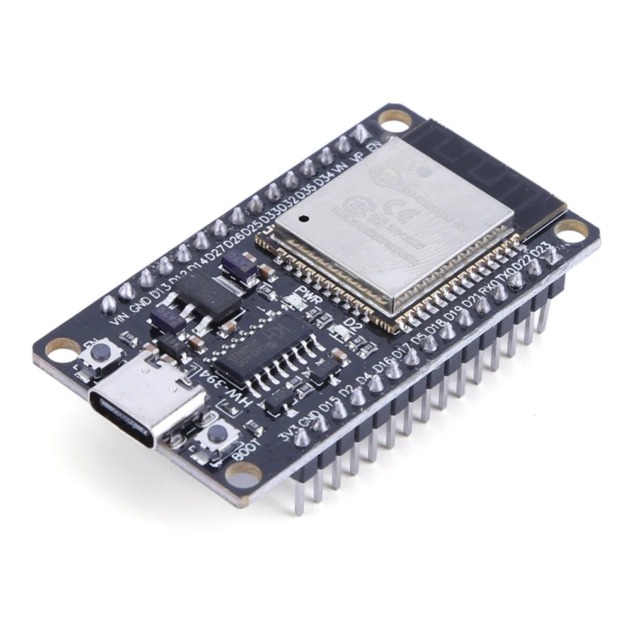
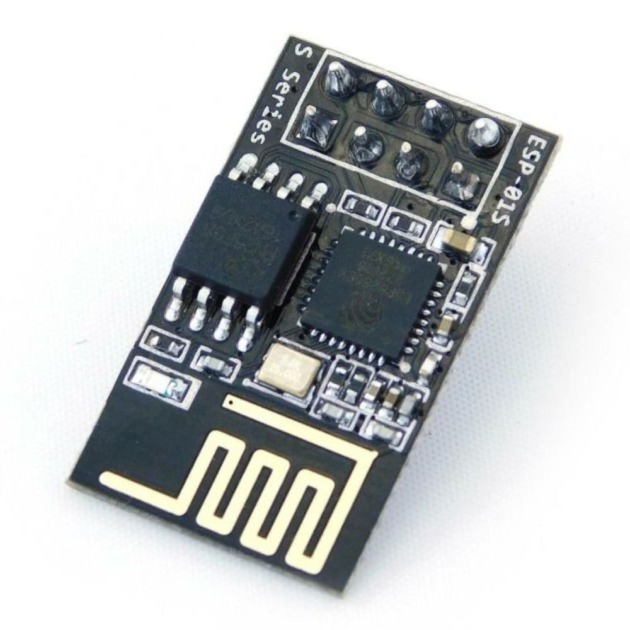

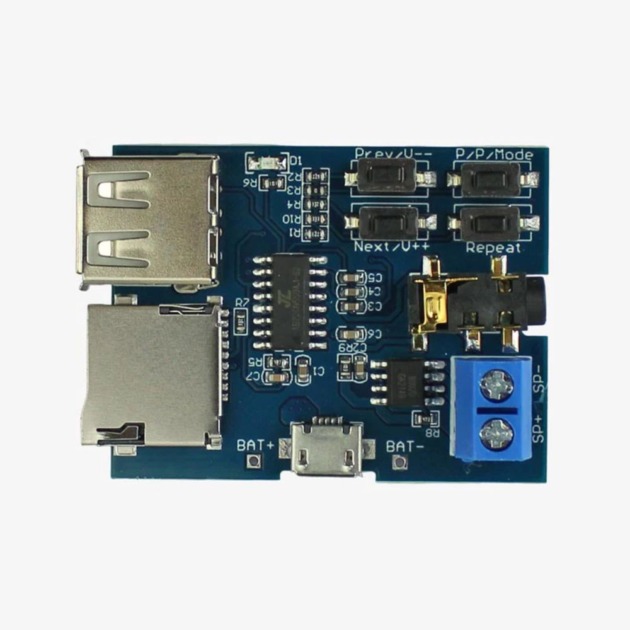
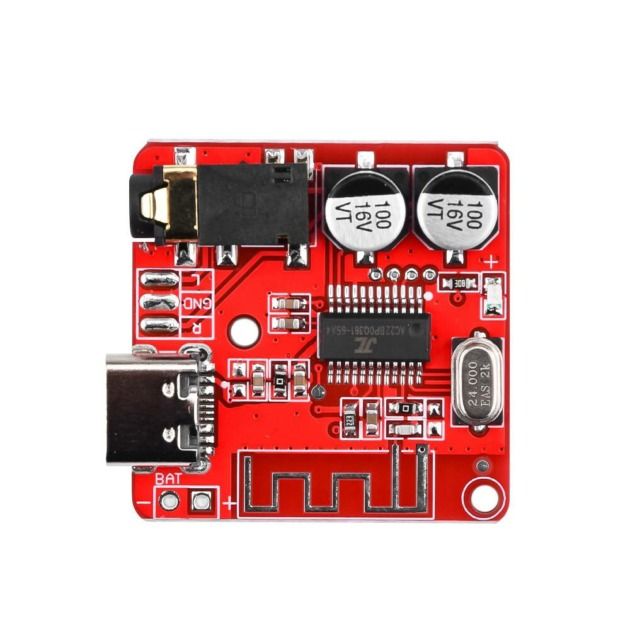
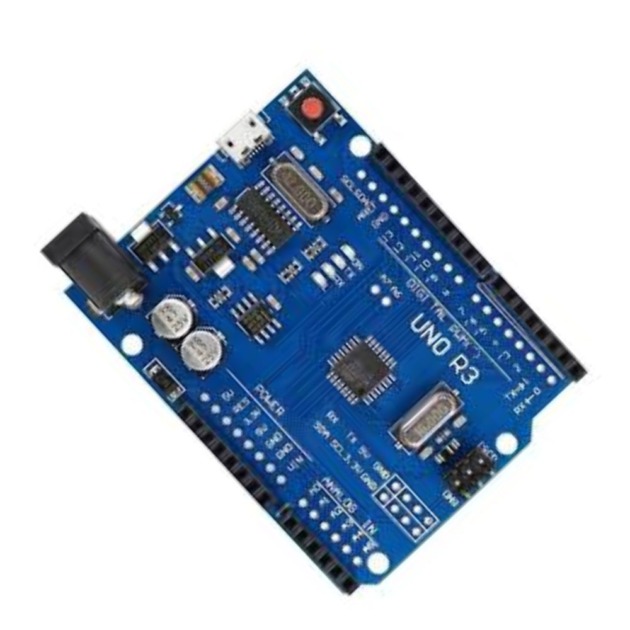
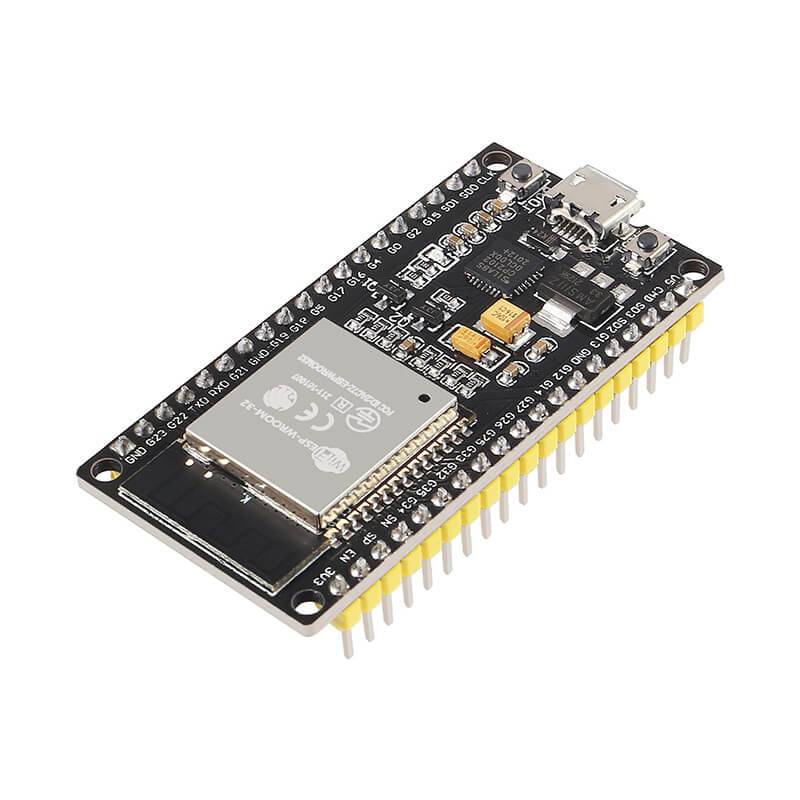

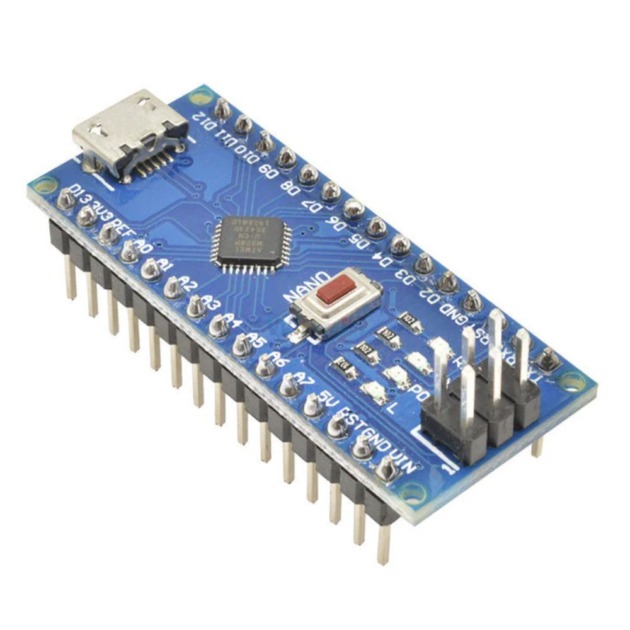
Reviews
There are no reviews yet.